From castles to steam trains, the very best of Saxony
19 August, 2021
The great contrast between its beauty and touristic opportunities makes the Federal State of Saxony in Germany an ideal camping destination. On hot days you can relax on beaches by the rivers or lakes, or you can cycle or walk in the nature reserves. On days when the weather is a bit more changeable, there is a large choice of sights and lovely villages. Welcome to Saxony, the region of experiences.
The Federal State of Saxony is located in eastern Germany and has borders with the Czech Republic and Poland. The distance from Dover to Dresden is about 870 kilometres (540 miles) so it would just about be possible to drive there in one day. From there you can make a lovely round trip in Saxony including interesting cities such as Dresden, Leipzig or Görlitz. But walking, cycling and history enthusiasts will also get their money’s worth here. How about cycling beside the River Elbe or Mulde, hiking among the rugged rock formations in Saxon Switzerland, reliving history in Colditz Castle or riding on a historic steam train? We’d like to tell you more about the loveliest sights of Saxony.
Dresden’s art treasures
This wonderful city is highly recommended. Its beautiful buildings and art collections have given it the name ‘Florence on the Elba’. The Frauenkirche church, the Zwinger and the Semperopera display themselves on the skyline. Dresden Castle (Residenzschloss) has also undergone a metamorphosis. By the end of 2019 the renovation of the castle resulted in the reopening of four large staterooms. The old halls were built in 1719 for a large royal wedding. Now, three centuries later, the halls are back to their former glory.
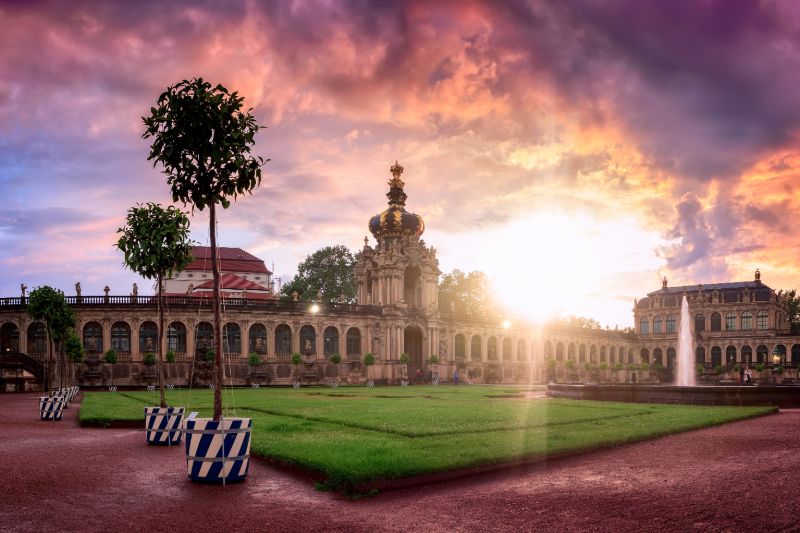
The baroque Zwinger palace in Dresden houses several museums.
Campings in Dresden and surroundings
Inhale culture in Leipzig
The ‘Bach city’ of Leipzig is Saxony’s second largest city. This is a lively musical student city with plenty of museums, attractions and a bustling night life. Leipzig is also the best place in Saxony for shopaholics. Leipzig is also the cradle of the ‘peaceful revolution’ that led to the fall of the Berlin Wall in 1989. The city celebrates this every year with a large ‘light show ’in which thousands of candles are liten.
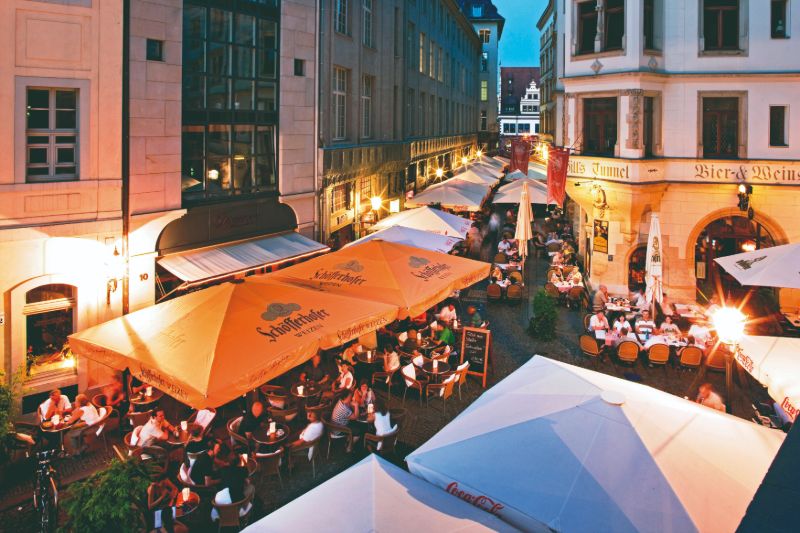
Enjoy the lively ambiance and great shopping in the student city of Leipzig.
Campsites in and around Leipzig
Walking in the Saxon Mittelgebirge mountains
Hike across mountain peaks, through vineyards, among lakes with woodland or past rivers with castles. There is a wide choice of hiking routes in Saxony. Several long-distance routes lasting several days are also marked out. These marked out routes take you through the Sächsische Schweiz (Saxon Switzerland) national park, past the vineyards of the River Elbe, past the castles of the Mulde, in the footsteps of Martin Luther, along the Vogtland Panorama Trail and through the Oberlausitz mountains
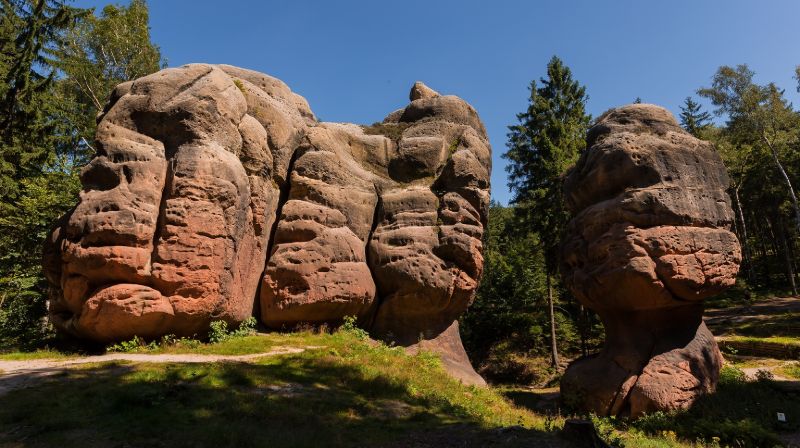
The Oberlausitzer Bergweg is a long-distance hiking route of 118 kilometres along lovely woodland and mountainous paths.
The Zittauergebirge (Zittau Mountains) is a beautiful nature park full of rugged rock formations in southeast Saxony. This mountain range on the Czech border offers various short hiking routes, but there is also a 118 kilometre long-distance route: the Oberlausitzer Bergweg. This route starts and ends in the medieval town of Zittau. Walkers can admire the natural beauty along the woodland or mountain paths, where spectacular rock formations set the scene in several places. Although the name ‘bergweg’ (mountain path) suggests otherwise, the route is not too strenuous and can easily be tackled by most people. The source of the River Spree is halfway along the route. This river, which also flows through Berlin, has its source in Kottmar.
Campsites in Saxon Switzerland
The mountain route passes by the impressive ruins of the Oybin Abbey. Although it is no longer fully intact, it remains an imposing abbey built on the edge of steep cliffs The Oybin Abbet is open for visits and is one of the top 45 locations in Schlosserland Sachsen (Saxony Castle Country).
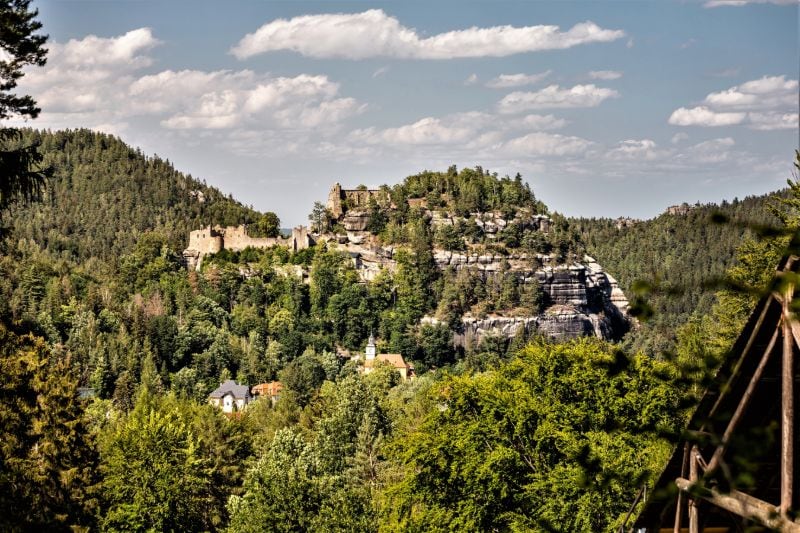
Visit the picturesque ruins of the old Oybin Abbey.
Cycle alongside the River Mulde
The Mulde is a large river in Saxony which flows through a wooded area. Saxon nobility built large castles in this area, including Rochlitz Castle, Kriebstein Castle and the huge Colditz Castle; the ‘escapers castle’ where high-risk officers were imprisoned in WW2. Many of them made several attempts to escape and officers from several countries were successful. The signposted Muldedal route follows the river and has a variant for cyclists and hikers.
Historic silver mines
Silver was discovered in the Erzgebirge (Ore Mountains) as far back as the 11th century and mining made the Saxons wealthy. More than four hundred locations from the ancient mining activities were placed on the UNESCO World Heritage Location list in 2019. The locations vary a lot and include former mines, tools, transport systems, landscapes and villages that thrived on mining, such as Annaberg-Buchholz, Freiberg and Marienberg. Various hiking routes pass through sections of this world heritage site.
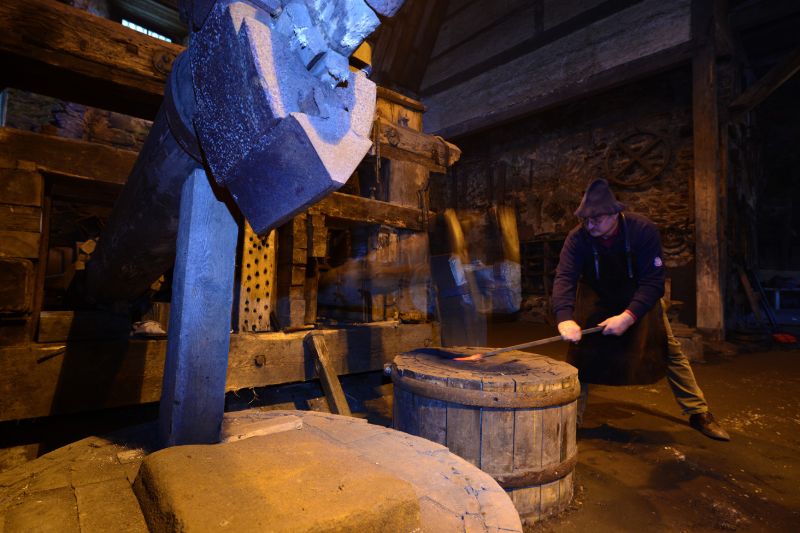
The Frohnauer Hammer in Frohnau is a historic hammer mill. This monument reminds us of Saxony’s mining history.
Oberlausitz, a region with its own story
The region of Oberlausitz is located between Dresden and the Polish border. In some parts of this region, Sorbian is spoken. This is an official Slavic language in Germany. The centre of Sorbian culture is Bautzen, a town on a granite plateau beside the River Spree. This monumental town has many prominent towers. Bautzen is renowned for its mustard specialities.
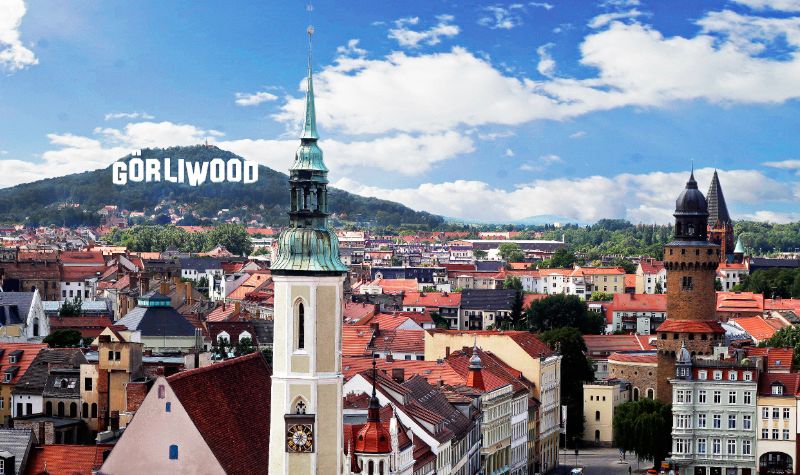
‘Görliwood’ in Görlitz has often been used as a film location.
Another recommendation in Oberlausitz is Görlitz, the ‘divided city’. In 1945 a new border with Poland was established on the banks of the River Neisse, on the orders of the Soviet Union. This resulted in Görlitz, parts of which were on both sides of the river, being divided into German and Polish parts. And so it remains. With more than 3000 monuments, Görlitz is one of Germany’s most beautiful towns. Hollywood film producers have discovered Görlitz, and this has given the town the name ‘Görliwood’. You can follow a walking trail past many famous film locations. Now is a good time to visit because the town will be celebrating its 950th anniversary in 2021.
Historic steam trains
Trainspotters watch out: Saxony has a real railway tradition. The first long-distance railway was opened between Leipzig and Dresden in 1839, and it was here that the first German locomotives were produced. Dozens of historic railway tracks have been preserved. Most of these lines pass through beautiful countryside and to lovely towns. Steam trains run to a daily timetable on most of these routes. You can also visit various interesting railway museums.
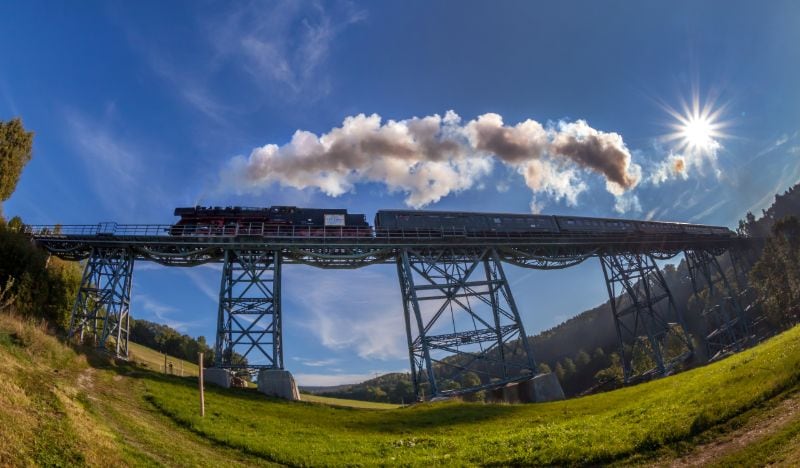
Old steam locomotives still run on the Fichtelbergbahn. Want to take a ride?
The Saxony Wine Route and the Elbe Cycle Route
Small is beautiful; that’s the Saxony Wine Route (Sächsische Weinstrasse). The Elbe Valley, with its agreeable summers was discovered 850 years ago as an excellent region for producing wine. The 55 km of vineyards on the banks of the Elbe stretch from Pirna via Dresden to Diesbar-Seuslitz. The pottery town of Meissen and the village of Radebeul are the two most important wine-producing regions. This region produces red and white wines, and several vineyards can be visited. The well-known Elbe Cycle Route (‘Elberadweg’) goes right across this wine route. The ‘Sächsische Weinwadernweg’ (Saxony Wine Route) has been marked out for hikers. Castle Wackerbarth is the largest vineyard; it has been beautifully restored, has a modern visitors’ centre and a good restaurant. Motorhome and caravan pitches have recently been added next to the vineyard for those who want to stay overnight after a delicious glass of wine.
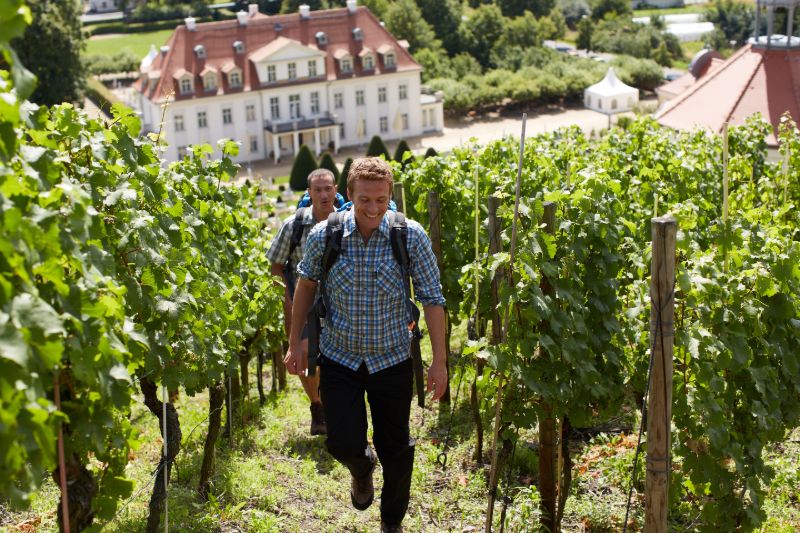
Hiking, old country estates and wine! Walk the ‘Weinbergswanderung’ trail. This is a photo of Wackerbarth Castle.
Visit castles inexpensively
There’s a good chance that you will want to visit one or more castles during your holiday in Saxony. You can do that inexpensively with the ‘Schlosserlandkarte’.This gives you ten days unlimited access to around 45 famous sights in Saxony, including the Albrechtsburcht Castle in Meissen, the imposing Augustusburg, Hartenfels Castle, the Moritzburg hunting lodge and Königstein Castle. You pay just 42 euros for a ticket for two adults and children under 15 years old. That’s not per person, but the total amount. This makes visiting castles very affordable. View all the castles in Saxony here.
This article was made possible with assistance from Saxony Tourism.


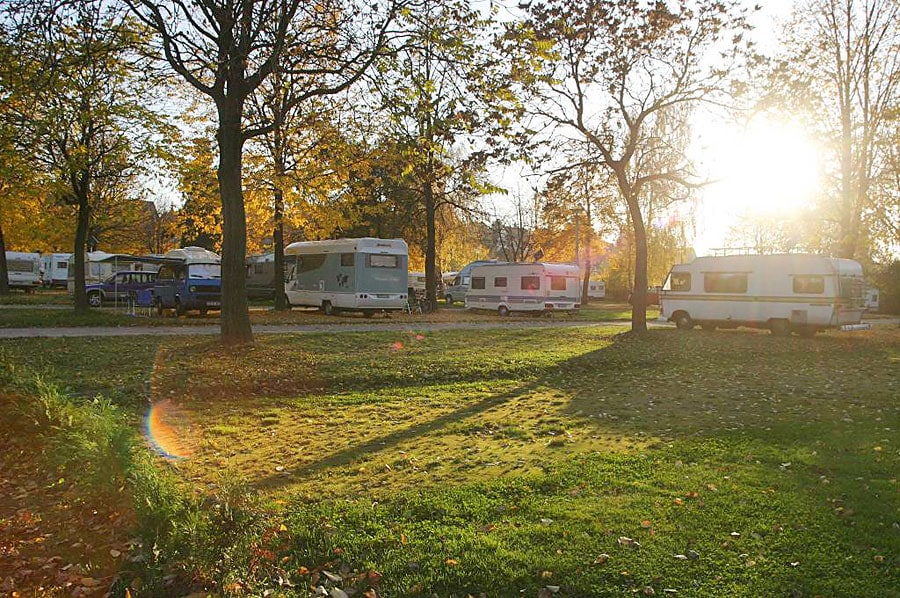
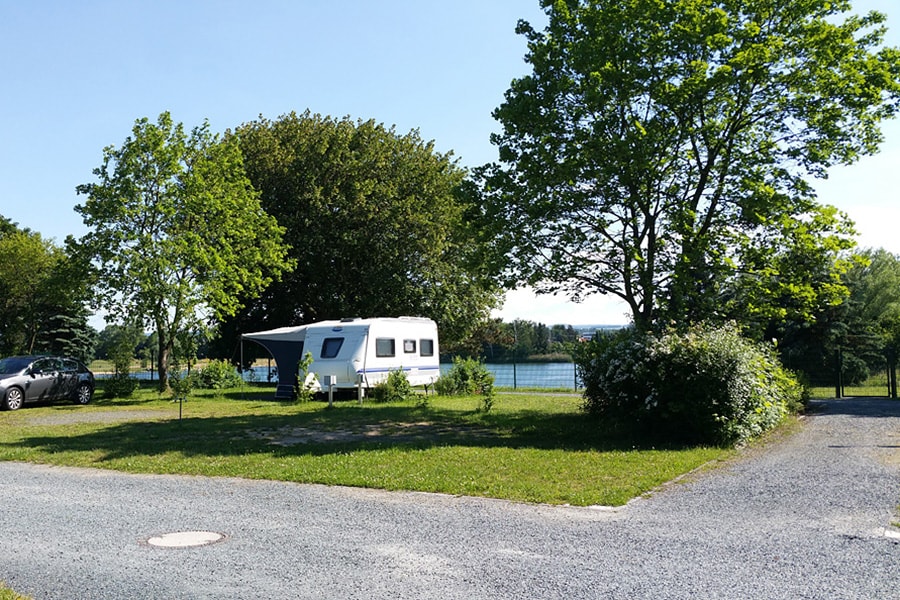
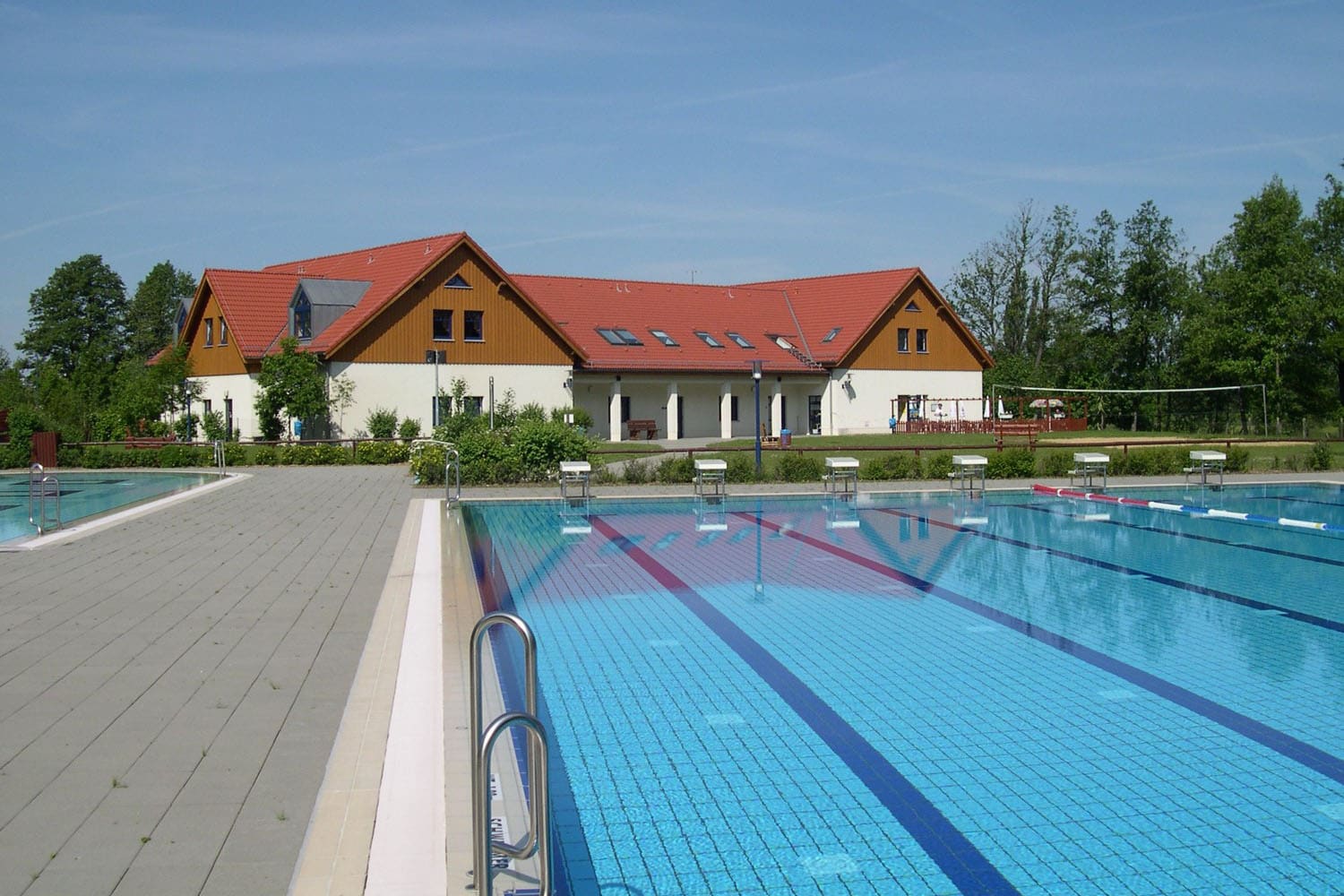
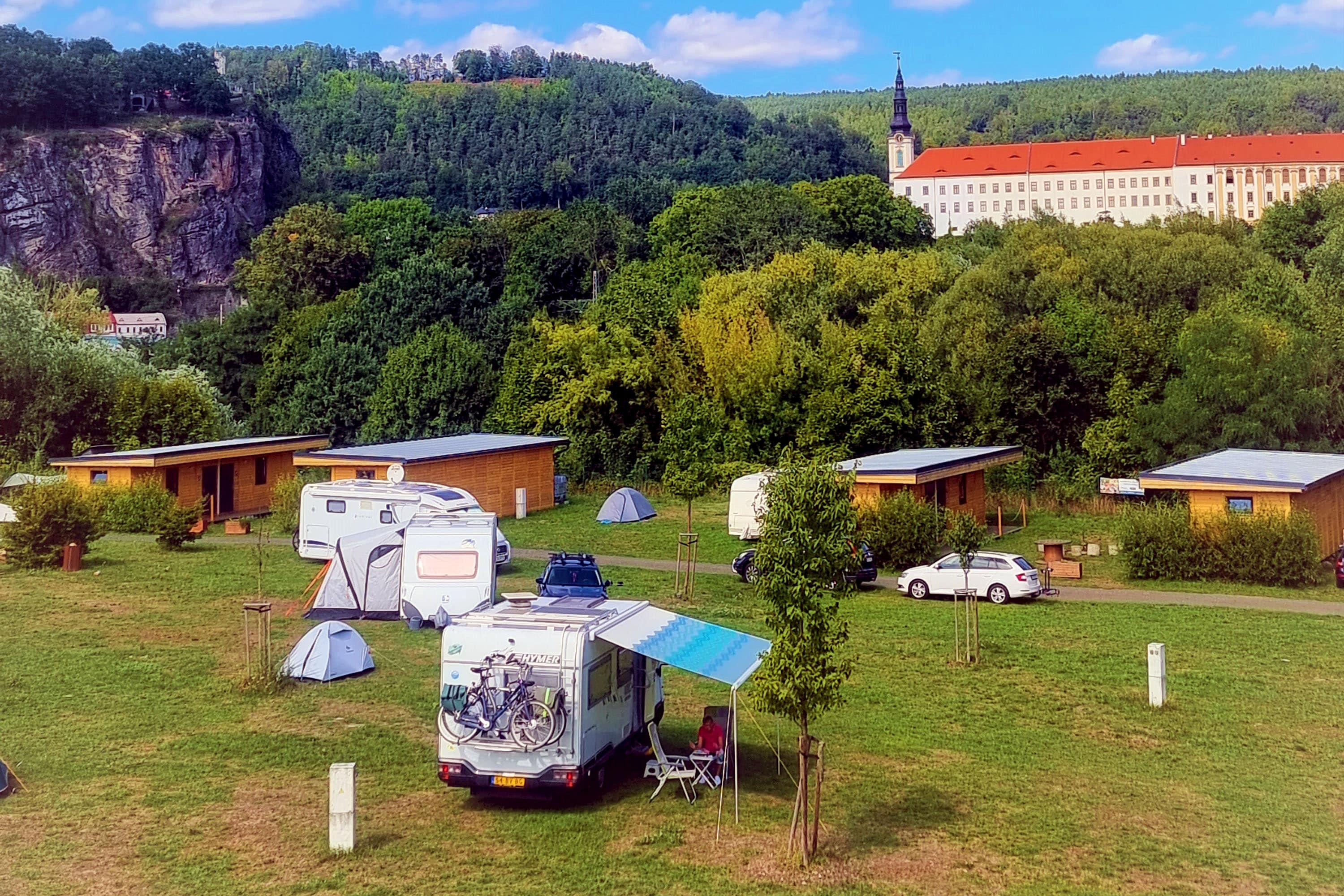
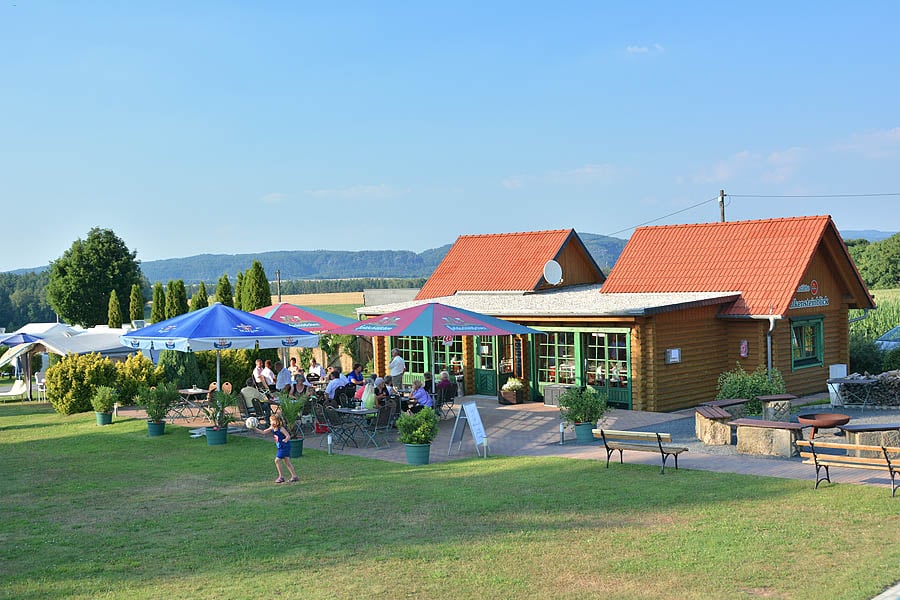
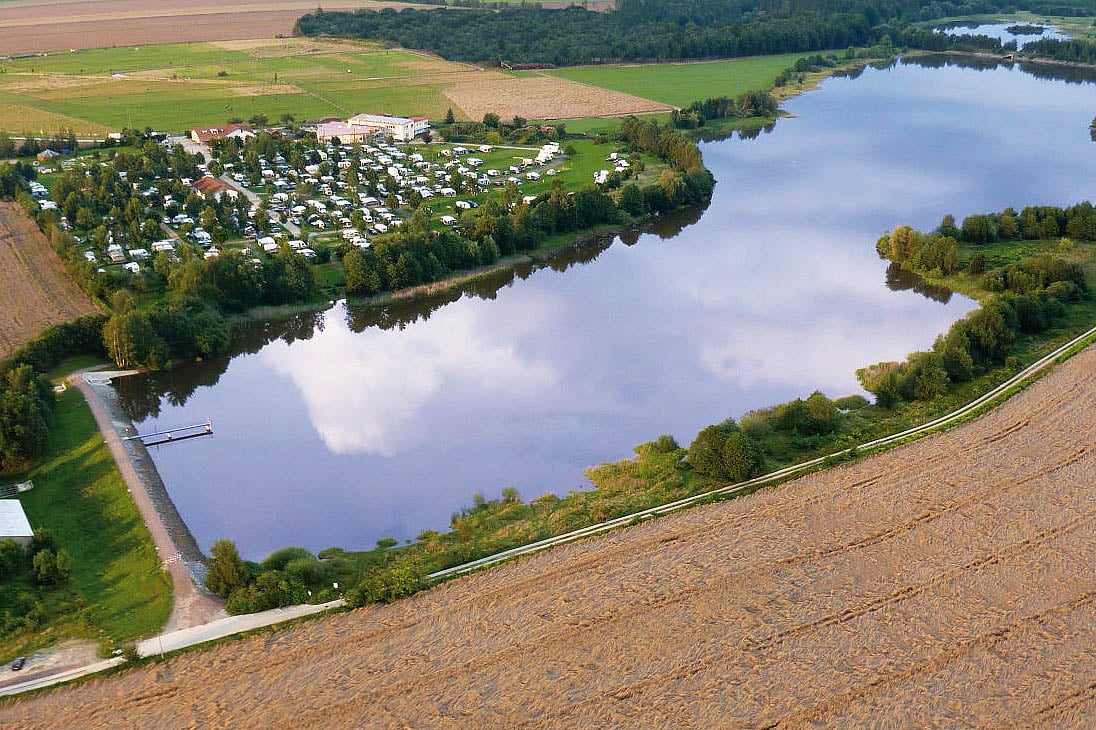
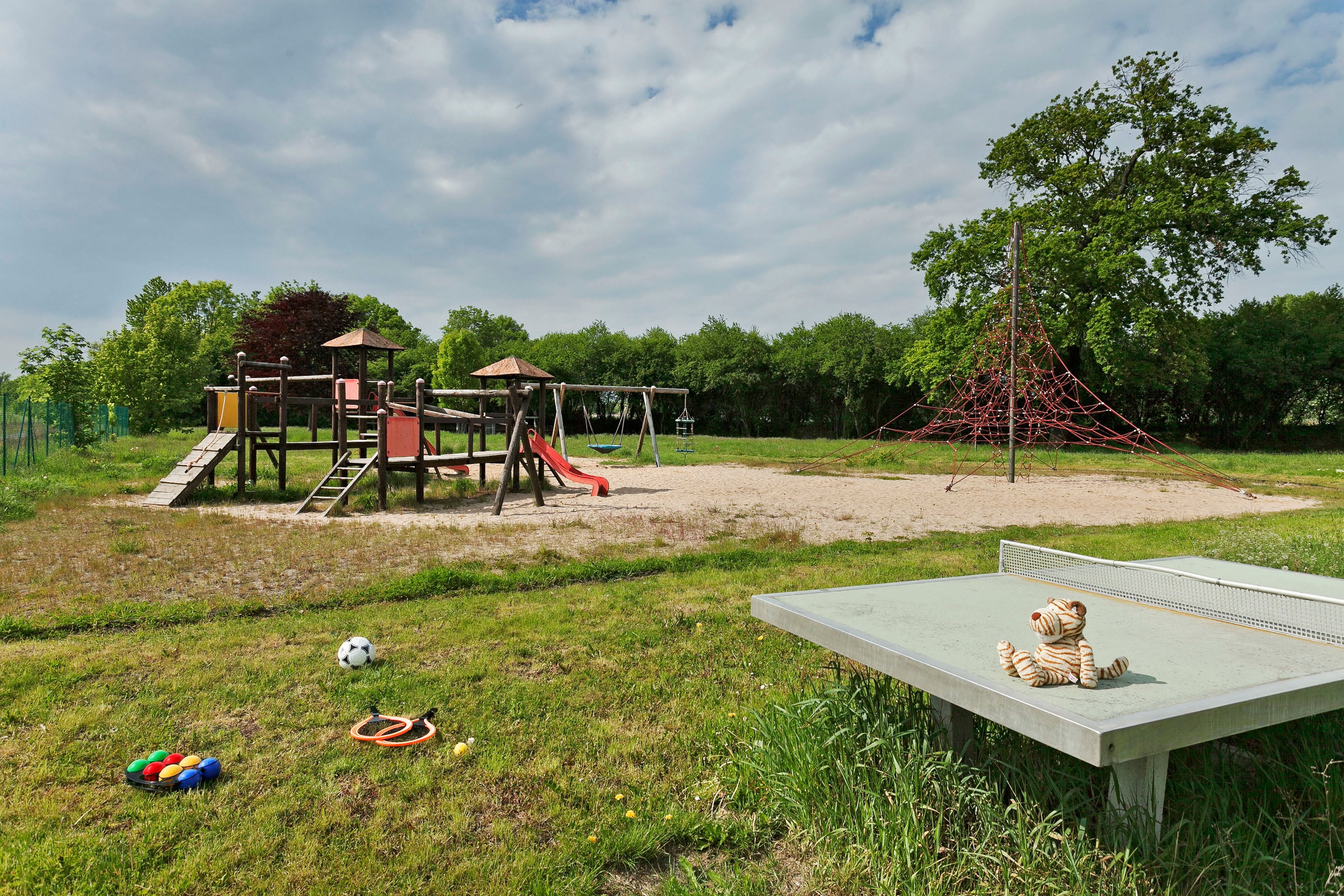
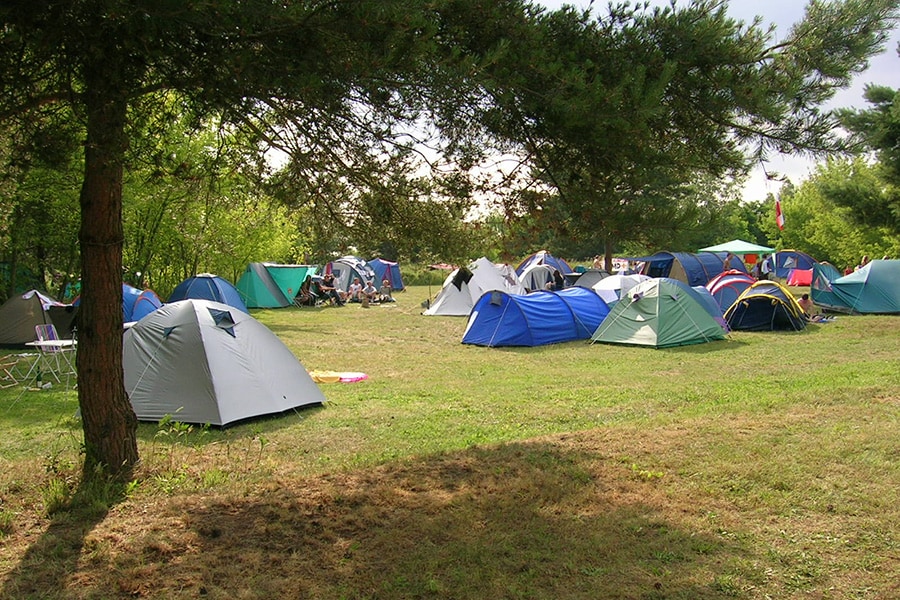
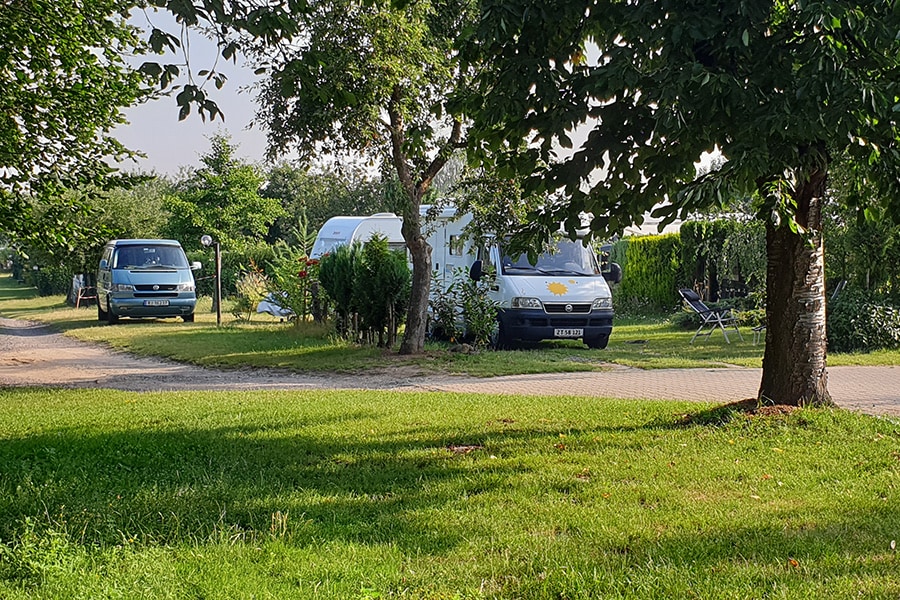
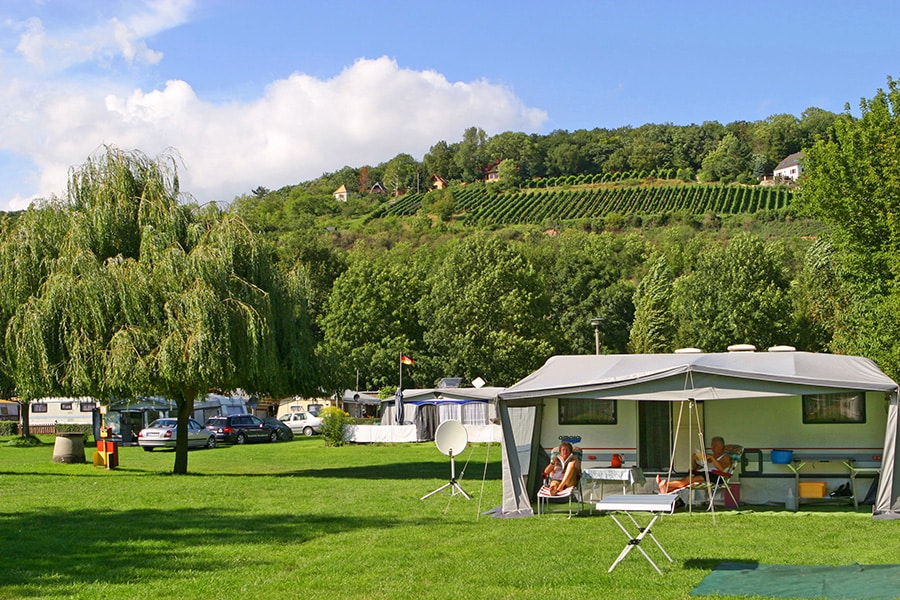
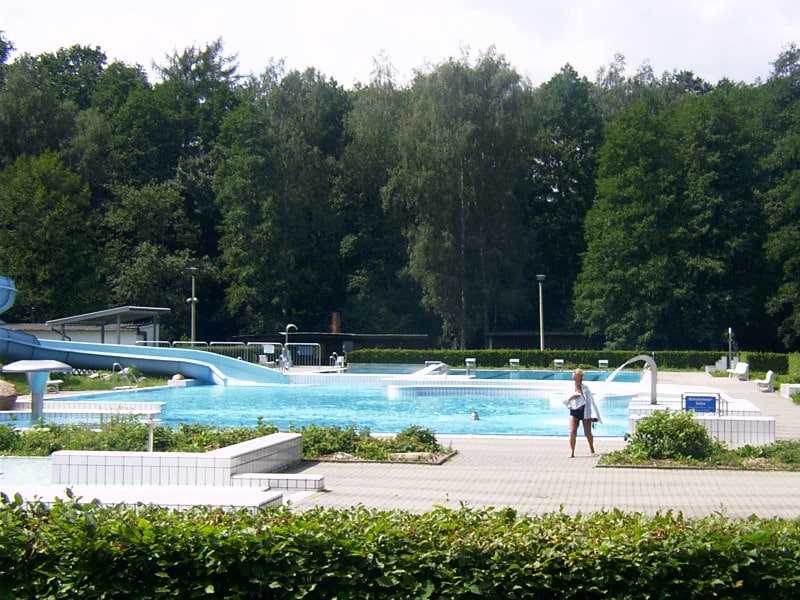
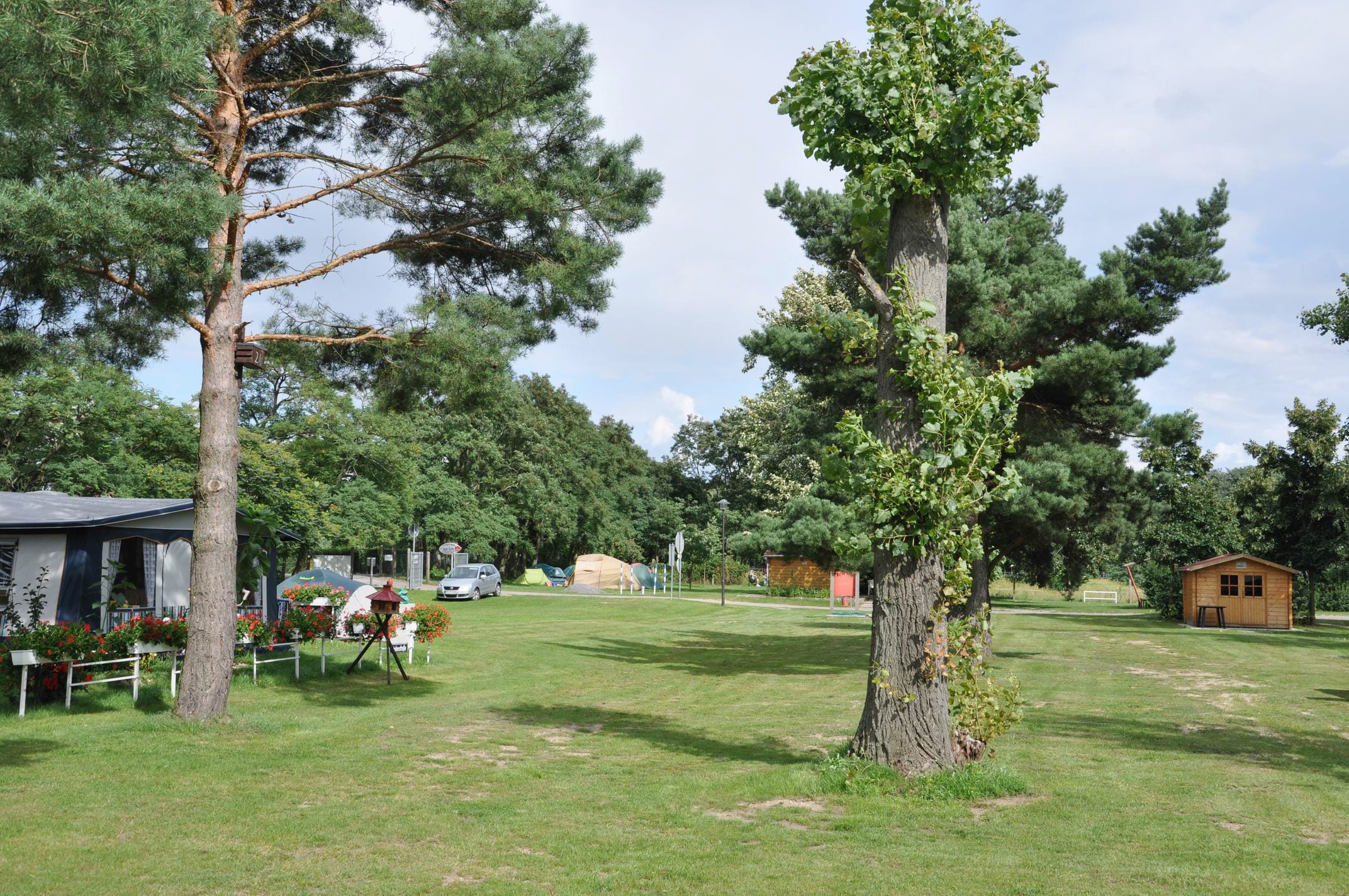
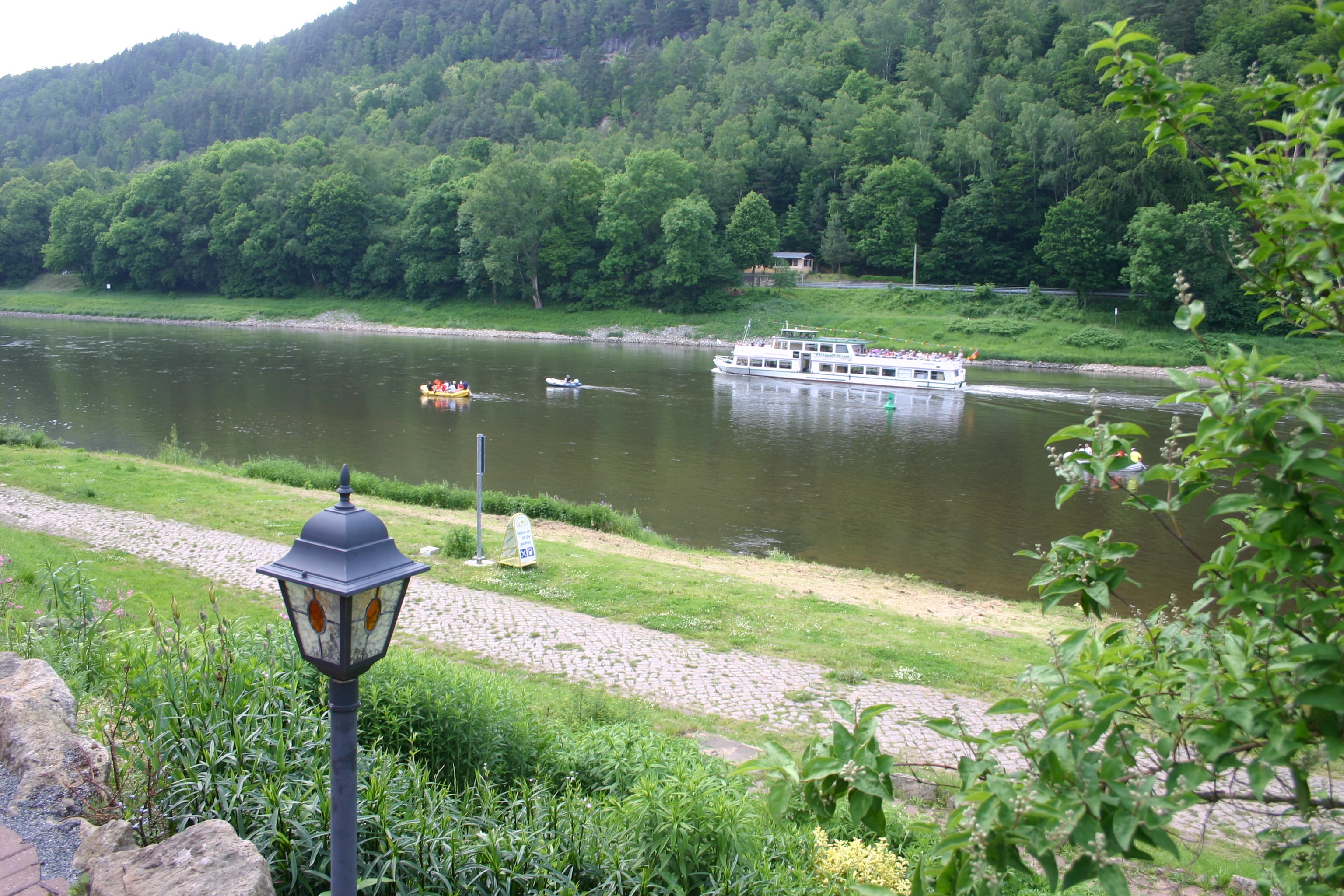
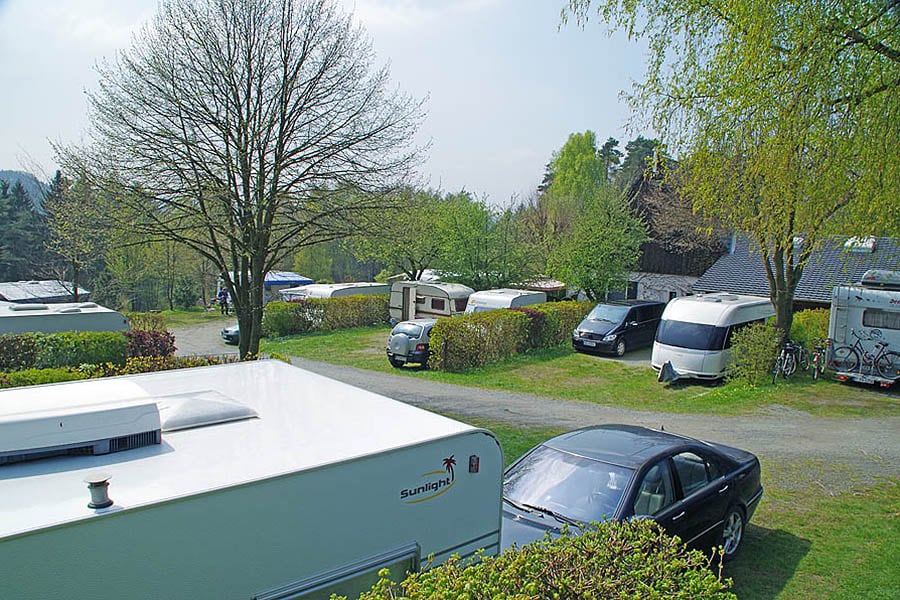
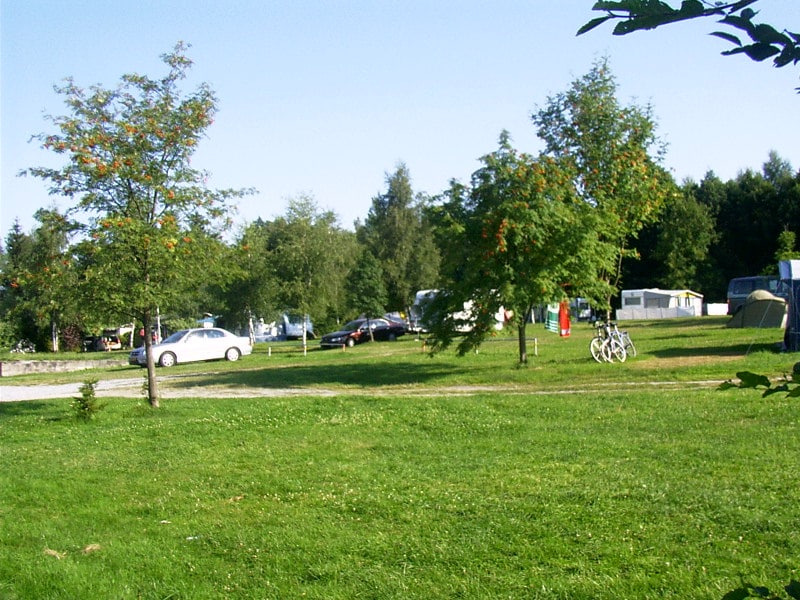
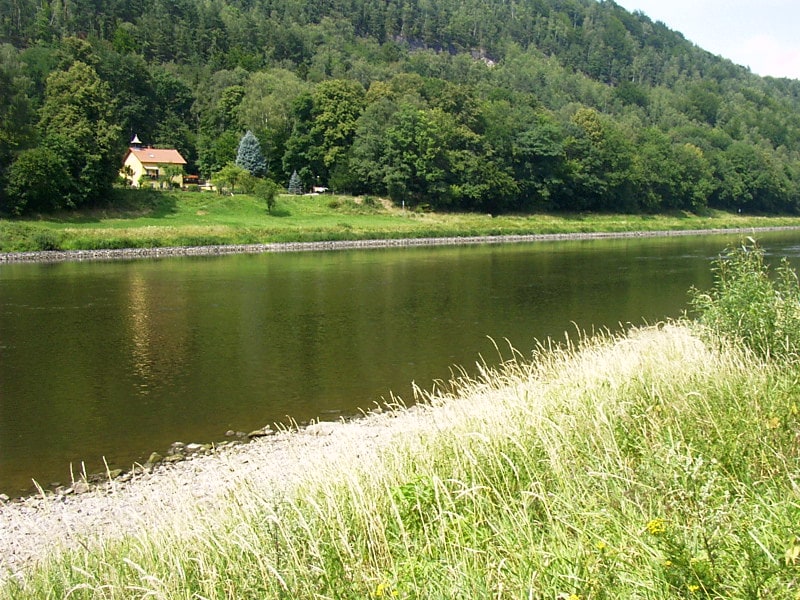
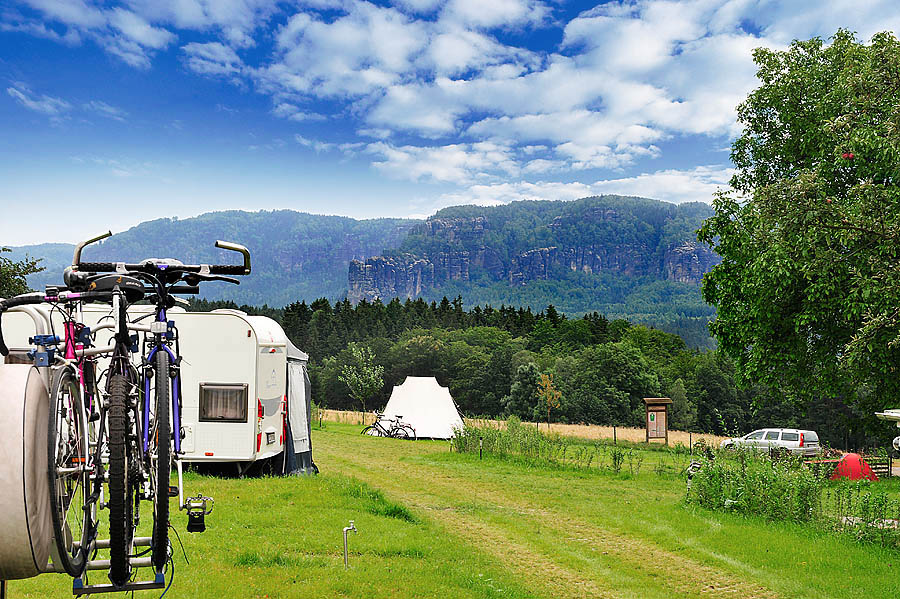
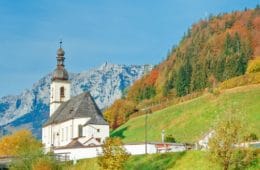

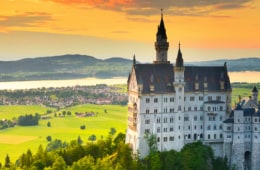





Latest comments